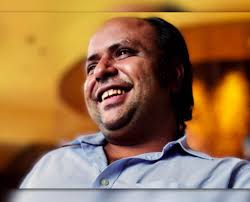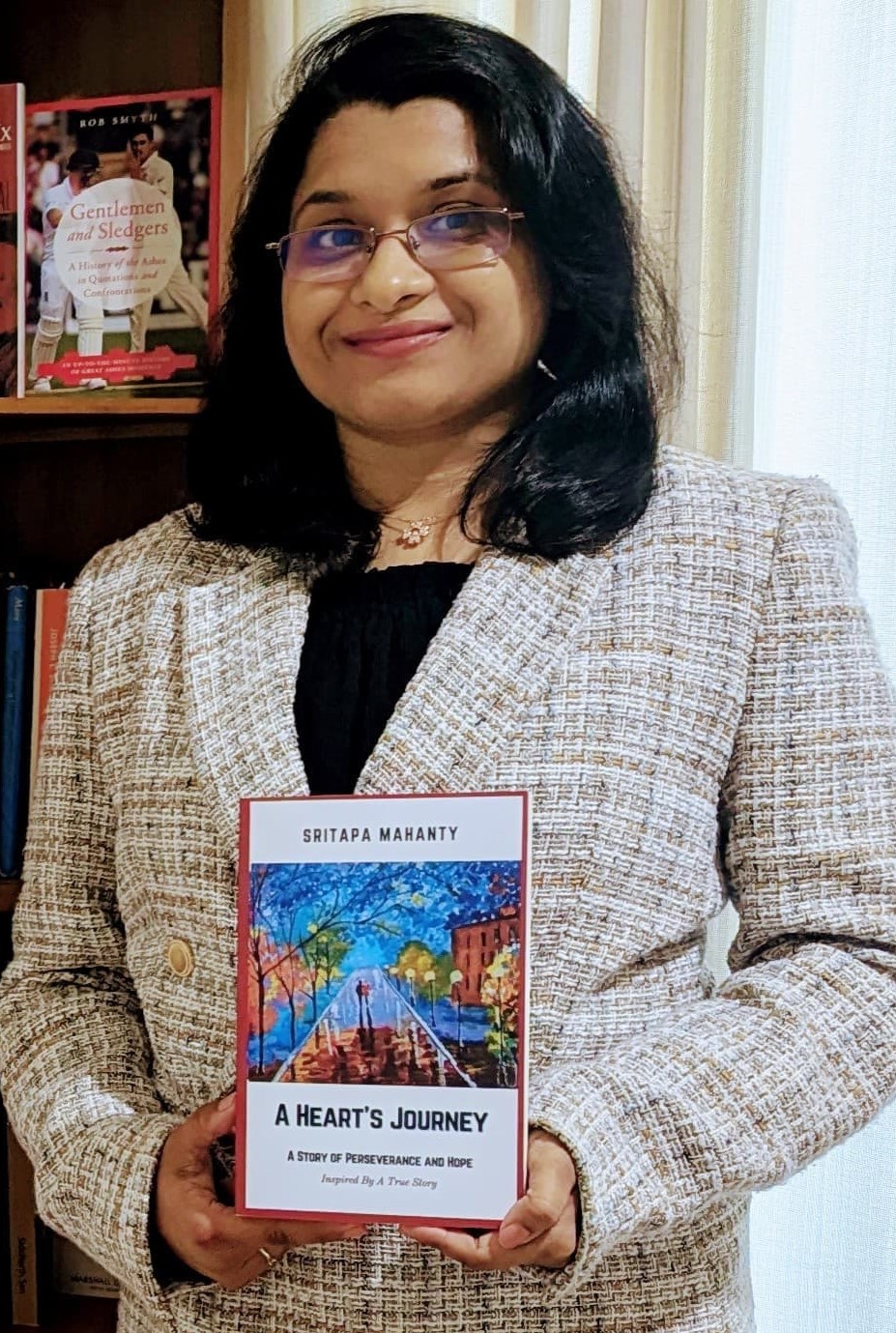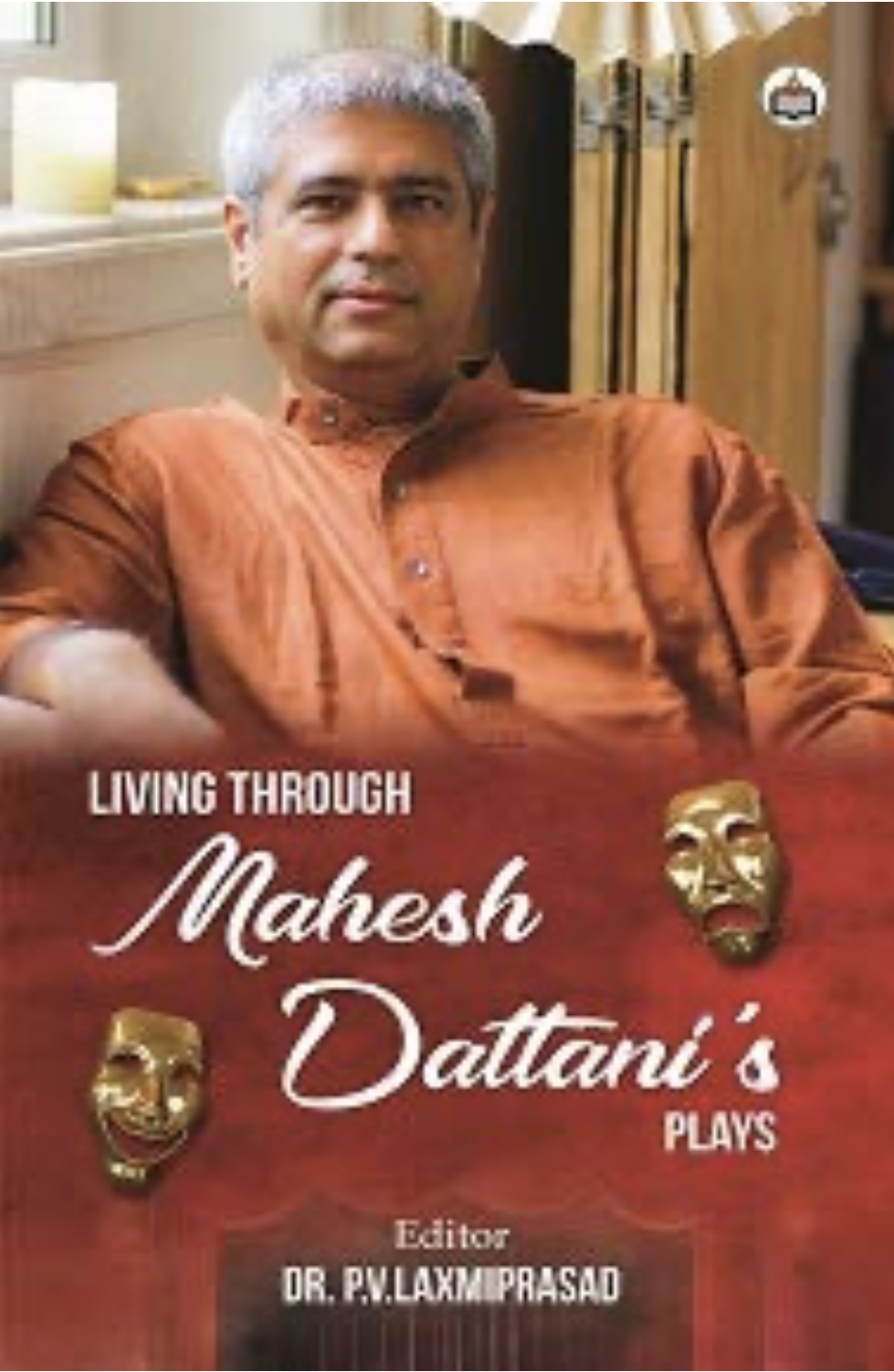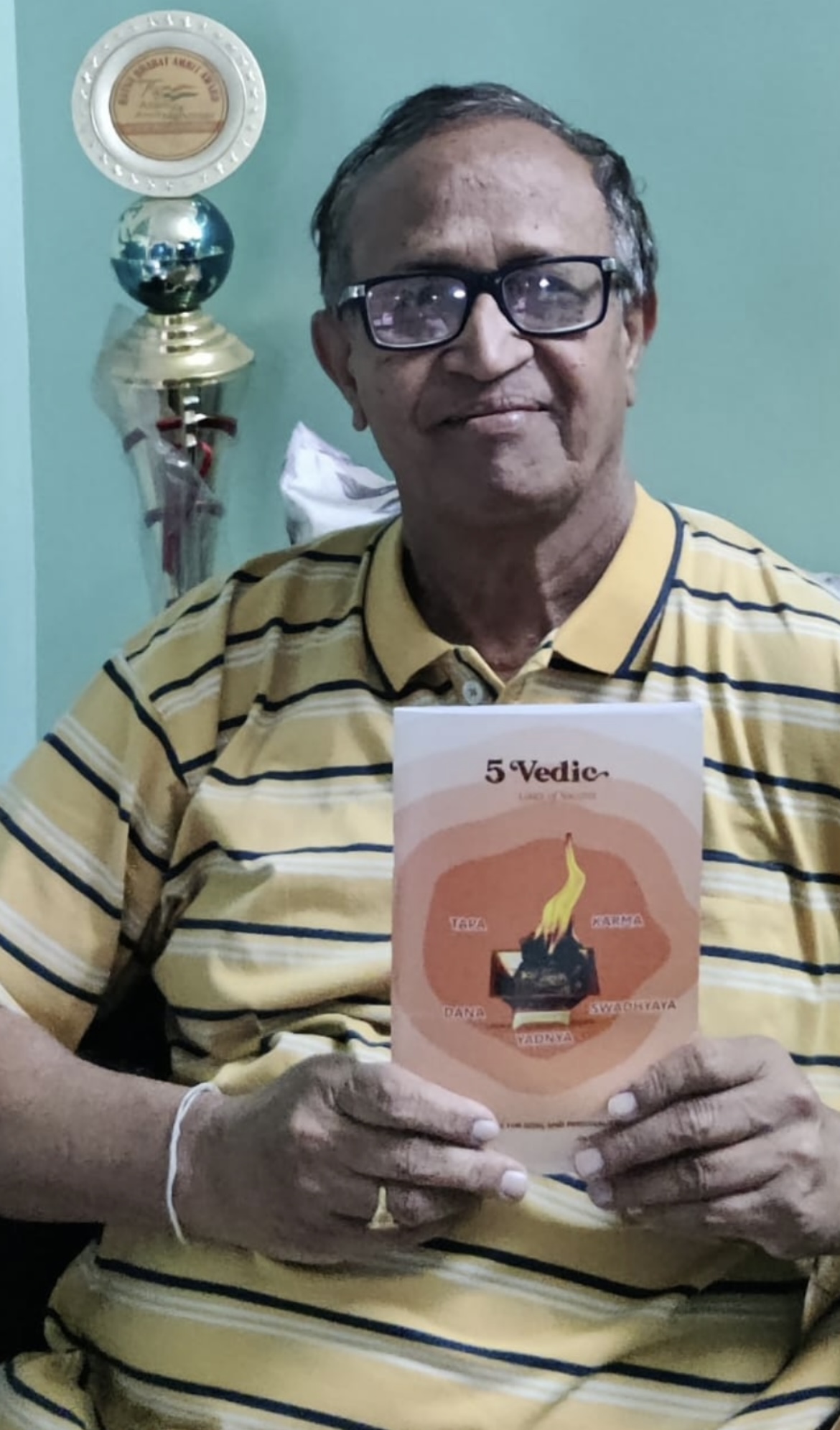In a compelling debut, 16-year-old Suhanaa Setty has released her book, “Invisible Hands of the Indian Economy.” This work shines a spotlight on the overlooked contributions of women across India, challenging traditional economic narratives that often disregard their essential yet invisible roles.
The book captures the untold stories of 22 women from diverse backgrounds—ranging from homemakers to construction workers—highlighting their significant but unacknowledged contributions to the economy. Through evocative black-and-white imagery and personal anecdotes, Setty underscores how women’s work, while vital to the economy, remains unaccounted for in National Income Accounting (NIA) frameworks.
“Invisible Hands of the Indian Economy” invites readers to reconsider what defines economic value, advocating for a broader and more inclusive understanding of GDP that recognises women’s unpaid and often unrecognized labour in areas like household management, agriculture, and small-scale industries. Setty shares stories of women like Ratna and Parmila, who break societal norms and contribute significantly to their communities despite facing educational and cultural barriers.
This anthology of sorts not only celebrates the resilience of these women but also serves as a call to action for policymakers, economists, and society to integrate these invisible contributions into economic discourse. It is a timely and crucial addition to discussions on gender and economics, appealing to students, academicians, policymakers, and anyone interested in social justice and gender studies.
“It is more than just a book or illustrated narratives; it challenges us to rethink the traditional metrics of economic progress. Through the lives and stories of these twenty-two women, it urges a recognition of the unseen labour that sustains our households, communities, and, ultimately, the nation,” shares Suhanaa Setty.























